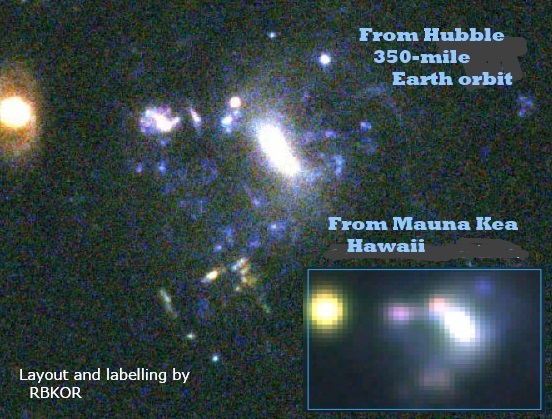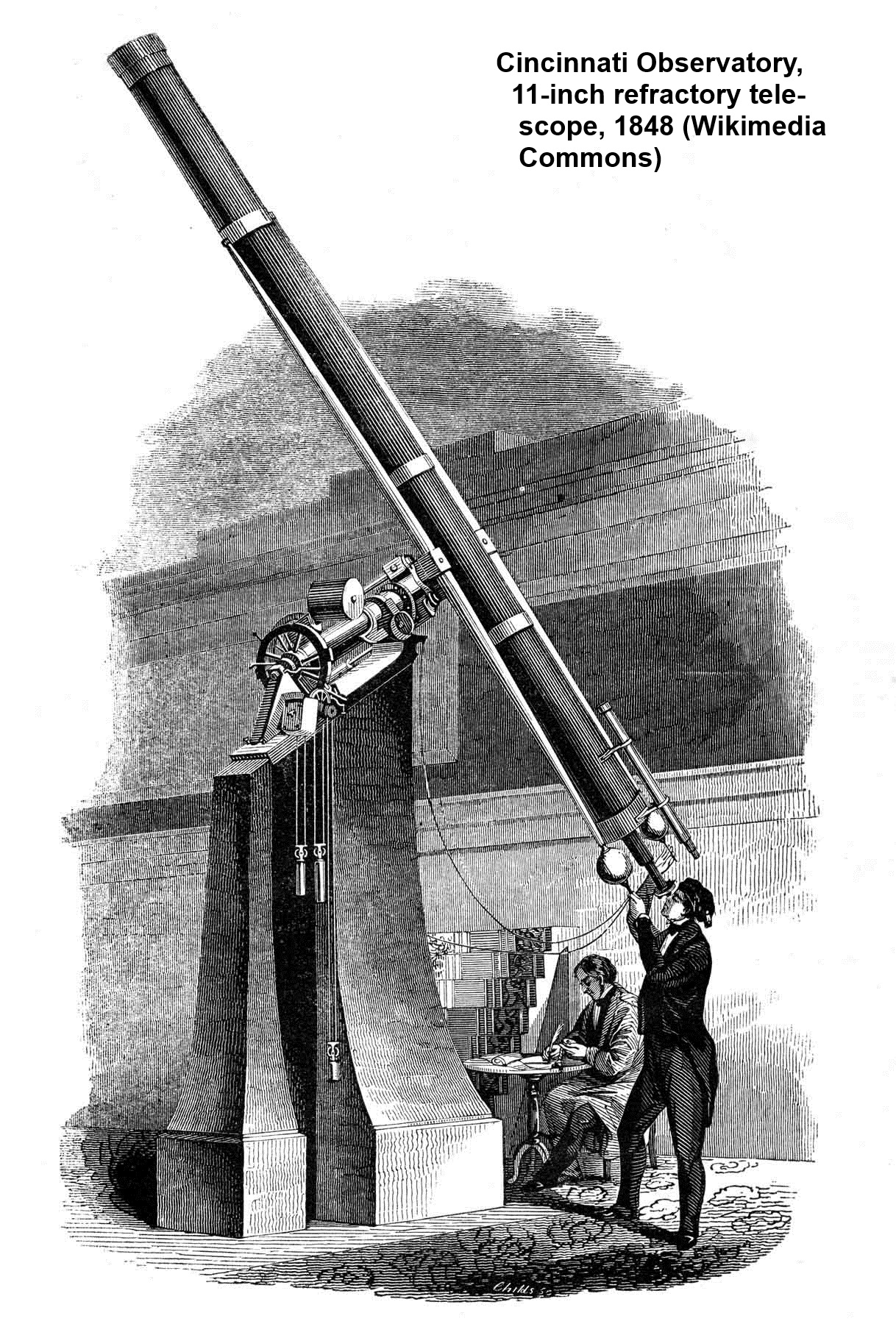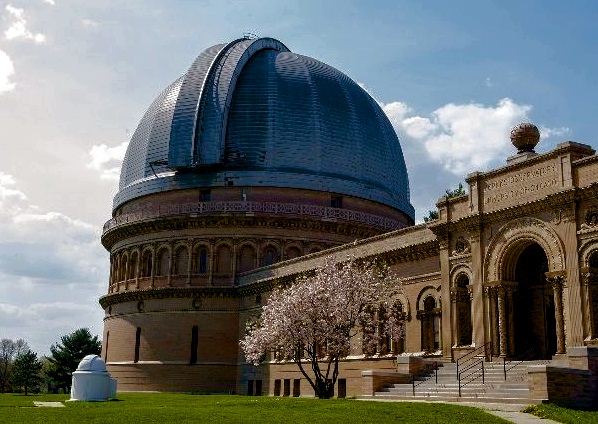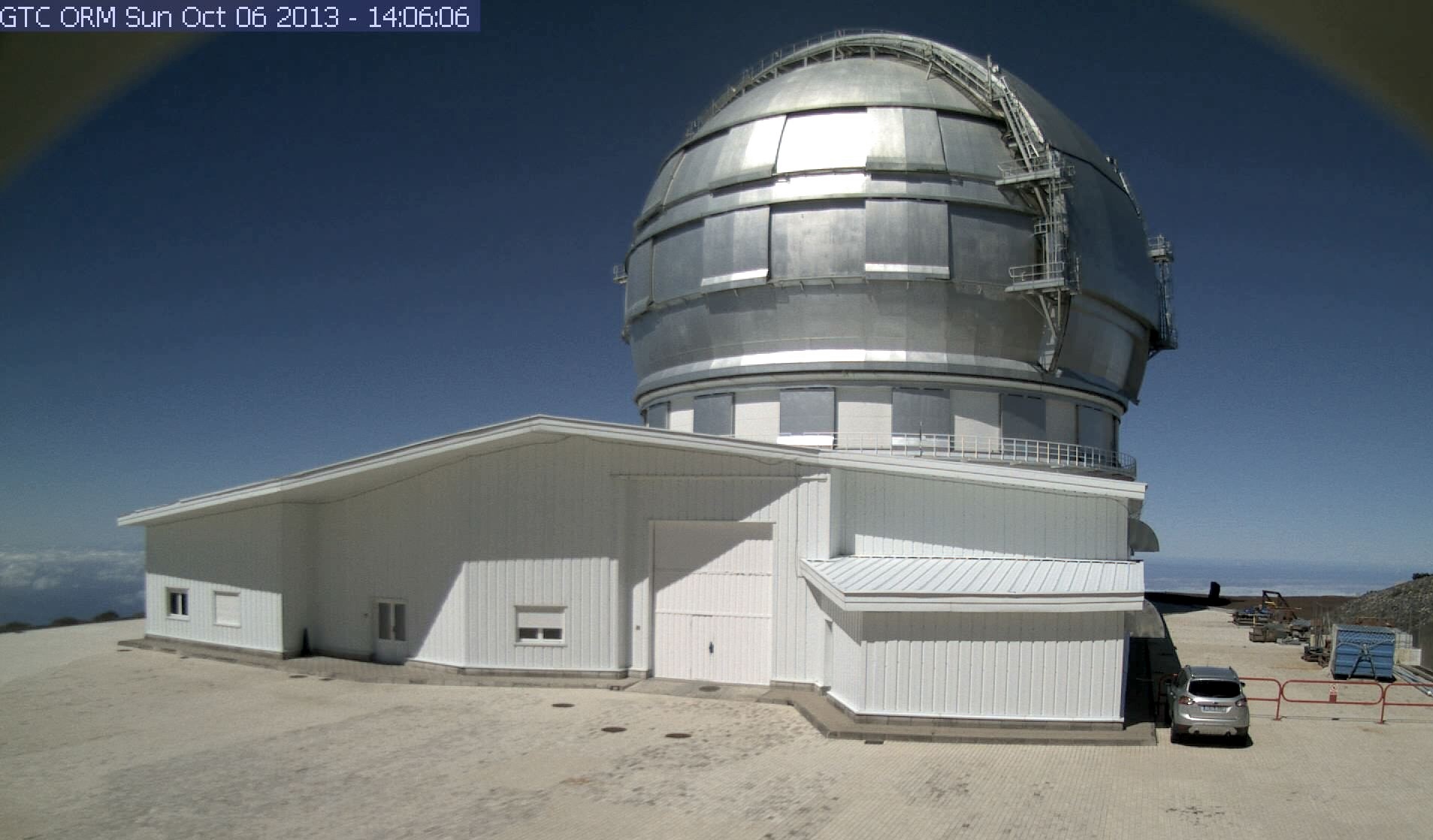Heavenly Art:
More Destinations …
Telescopes
Explore and Discover:
Astronomy dates back to the earliest civilizations. Knowledge of the movements of the Sun and Moon were vital for successful agriculture. Appearance of autumn'sAlthough refractor telescopes were effectively used by early astronomers, refractor telescopes have a practical limit to their size. Gravity distorts the shape of a massive glass lens of a large refractory telescope, which in turn distorts the telescope's images. The world's largest refractor telescope, which was built in 1897 and is still in service, is the 40-inch telescope housed at the University of Chicago's Yerkes Observatory .
Telescope Designs:
Early telescopes used glass lenses to magnify the size of and to increase the brightness of celestial images. Glass-lens telescopes are calledRefractor to Reflector:
The quest for greater magnification and brightness of celestial images took a leap forward with the use of the "reflector" telescope, which uses precision mirrors, rather than glass lenses, to form bright, high-quality, highly magnified images. Despite having been invented in the early 17th century, modern technology had to catch up with inventive visionaries among early astronomers. The grand dream of early astronomers was finally realized in 1948 with completion of the very large, for its time,The main mirror of this telescope is made of Pyrex glass , the kind of glass that we use in cookware. An important reason for using Pyrex is that it expands and contracts with changes in temperature far less than ordinary glass, which is why Pyrex is used in cookware, as well as in telescopes. Nowadays, all major research telescopes are reflectors.
The Great Depression and World War II delayed the construction of the revolutionary 200-inch reflector telescope on Mt. Palomar, which was finally operational in 1948. The Yerkes and the Hale represent the historic transition from lenses to mirrors.
Seeing beyond the Visible:
What our eyes can see, labeledPhotographic cameras installed on the back-end of big telescopes greatly improved upon seeing very faint objects, not visible by human observers looking through the eyepiece of a telescope. In other words, cameras replaced human eyes in observing the heavens. Then came "radio astronomy" that discovered a whole new vision of heavenly objects. Infrared and ultraviolet light uncovered even more secrets of our Universe. Today, we can see the Universe in wavelengths in a range from very long radio waves to very short waves , including x-rays , gamma rays , and cosmic rays , that eminate from sources deep in space.
Modern reflector telescopes have much larger

Hubble Earth-Orbiting Telescope:
Hubble's main mirror is 94.5 inches (2.4 meters), nearly eight feet, in diameter. Hubble travels around the Earth every 97 minutes, weighs 11 kilograms (12 tons), and is about the size of a 12.2-meter (40-foot) tractor-trailer truck. The telescope orbits 560 kilometers (~350 miles) above the Earth, which places Hubble sufficiently high in the sky to be clear of most of Earth's image-distorting atmosphere. After being launched on 24 April 1990, the Hubble space-based telescope has been extraordinarily productive in photographing distant galaxies in much detail, imagery that would not be possible with even the very largest land-based telescopes.
Why Do We Want to Have Telescopes in Space?
Two characteristics of NatureMuch energy and many resources have been expended in the decades-long debate over climate change and global warming, which are two seperate issues that may be coincidental or, perhaps, totally unrelated. Policy initiatives and major social disruptions are imagined for doing nothing or for doing too much. Astronomy and astrophysics are major pathways to securing the true nature of a problem or sufficiently strong evidence for dismissing the issue. The more we study these phenomina, the closer we get to the truth; we hope.
Desktop Telescope:
Having a telescope on a computer screen is one way to explore the heavens. Microsoft offers a free program called World Wide Telescope. Images are dazzling and many of the authored animations of various parts of the heavens are not only educational, but quite entertaining as well.Future articles will explore more modern telescopes that let us see objects that emit radio waves, x-rays, gamma rays, and highly energetic cosmic rays. These devices expand our vision well beyong what our eyes can see.
Since the 1960s, viewing the Universe even farther out and earlier in time, as well, is possible because of the launching of space-based telescopes. Nowadays, our view of the cosmos in wavelengths of electromagnetic radiation that are not observable on the surface of the Earth has been extended, for example, in very short x-rays and gamma-rays.
Much electromagnetic radiation that is shorter than visible wavelengths of light are absorbed, i.e. cannot pass through, Earth's atmosphere. Atmospheric absorption of incoming radiation produces heat which tends to minimize the day and night range of ground temperature.



